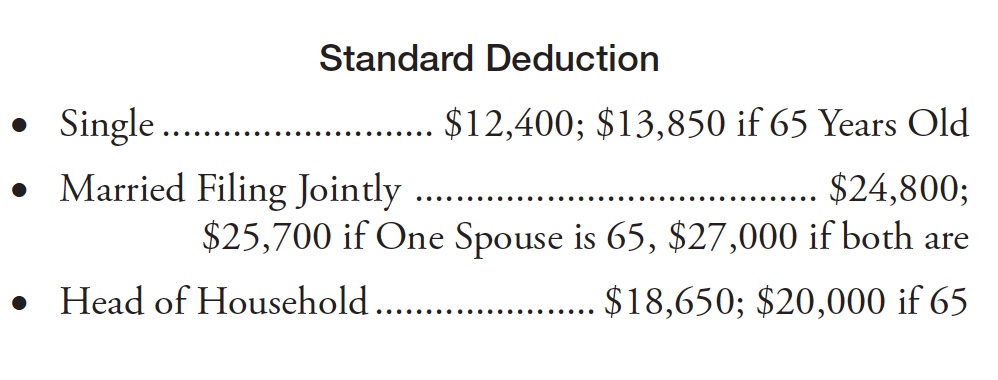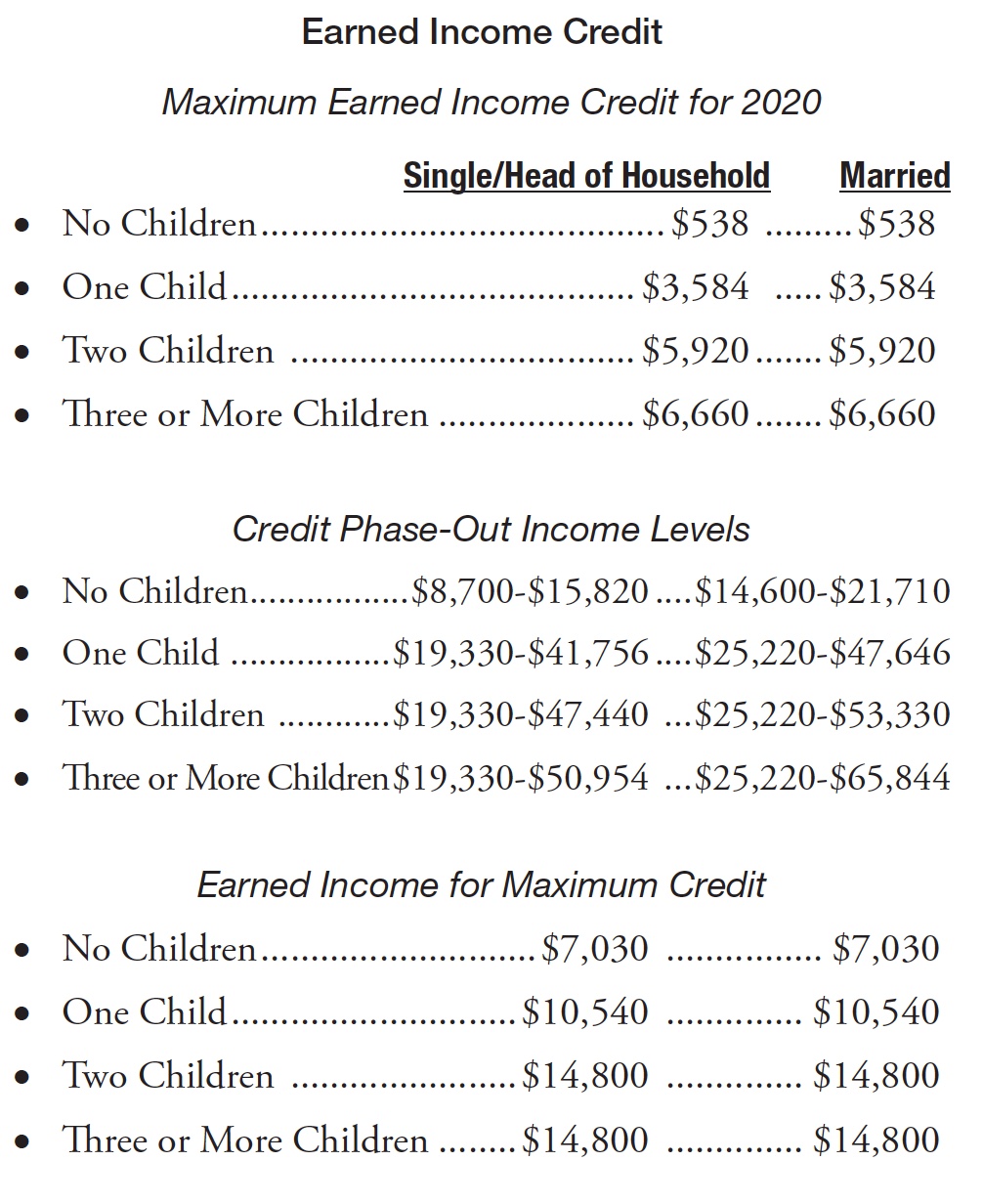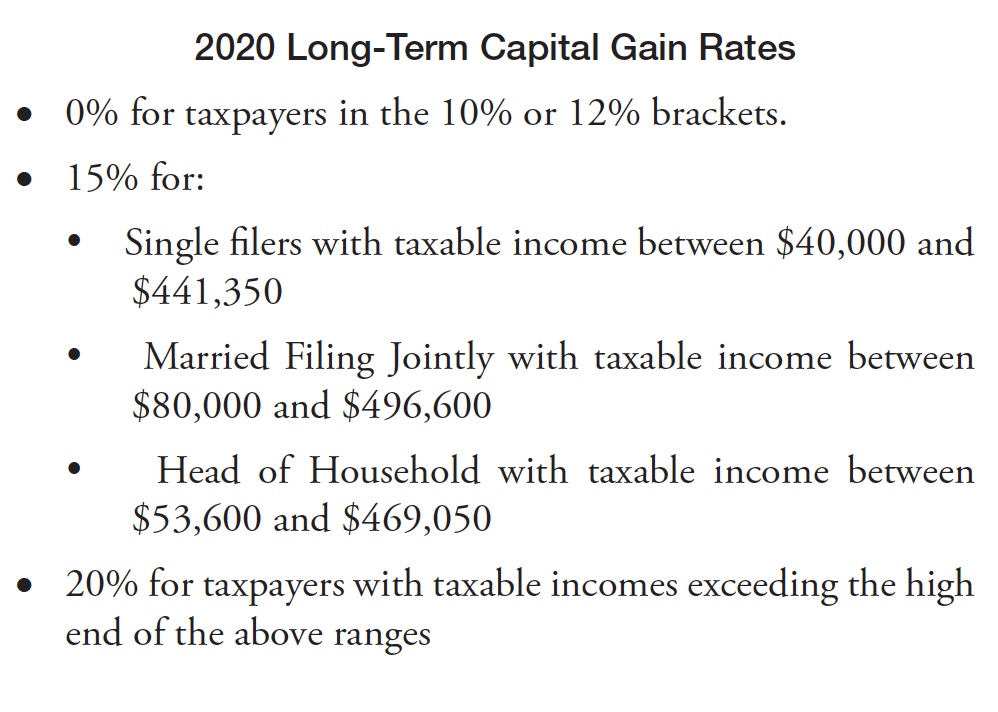View / Download April 2020 Article – PDF File
Tax Trends and Developments Column – Michigan Family Law Journal
Families First Coronavirus Response Act (FFCRA)
On March 18, 2020, the Families First Coronavirus Response Act (FFCRA) was enacted. It requires certain employers to provide up to eighty (80) hours (two weeks) of paid sick leave occasioned by COVID-19 and up to ten (10) weeks additional family medical leave at two-thirds regular pay to care for a child due to the closure of a school or child care facility.
FFCRA applies to certain public employers and private employers with fewer than 500 employees.
Small businesses with fewer than fifty (50) employees may qualify for an exemption from the requirement to provide family leave due to school or child-care closings if it would jeopardize the business’ viability.
Employees qualify for paid sick time if unable to work
due to:
- A federal, state, or local quarantine order.
- Advise from a health care provider to self-quarantine
- Having COVID-19 symptoms and is seeking medical diagnosis.
- Caring for an individual in COVID-19 quarantine.
- Caring for a child whose school or child-care facility is closed due to COVID-19.
CARES
On March 27, 2020, CARES (the Act) was signed into law. It is intended as an economic stimulus to mitigate the devastating impact of the COVID-19 pandemic.
The Act provides over $2 trillion in wide-ranging financial relief to hard-pressed medical centers, individuals, and small businesses.
As this article goes to press, there is speculation that an additional relief bill may be necessary due the catastrophic effects of COVID-19.
The following presents some of the more significant provisions of FFCRA and the Act affecting families.
Direct Payments to Individuals
How Much?
Individuals with a gross income of $75,000 or less who filed a 2019 or 2018 tax return will receive $1,200. Married couples with gross income of $150,000 or less will receive $2,400. For those .ling as head of household, the gross income limit is $112,500. In addition, $500 will be received for each child under the age 17, for whom a Social Security number was included on the tax return.
For those receiving Social Security but who did not have sufficient income to require .ling a tax return, the IRS will use the person’s SSA-1099, Social Security Bene.t Statement to determine the payment.
Phase-Out
There is a phase-out of the cash payment for single individuals with gross incomes between $75,000 and $99,000 and for married couples with gross incomes between $150,000 and $198,000. The phase-out is 5% of the gross income over the limit.
For example, for an individual with gross income of $85,000, the payment would be $700 -$1,200 – ($10,000 X 5%).
No payment will be received by those with gross incomes exceeding the $99,000/$198,000 upper phase-out limits.
When Will Payments Be Received?
Treasury Secretary Steven Mnuchin said most people will receive their checks within three weeks.
Many believe that mid to late April is a realistic time frame.
The Act provides that the government shall mail a paper notice within a few weeks of when the payment was sent.
Expanded Unemployment Benefits
Extra Payment
The Act provides that eligible workers will receive an additional $600 a week in excess of the state unemployment benefit.
Duration of Payments
The Act also extends the period during which unemployment can be drawn by 13 weeks. So, Michigan’s 20-week annual limit is increased to 33 weeks.
Eligible Workers
The Act expands the pool of workers eligible for unemployment benefits. Independent contractors, part-time workers, “gig” workers, and freelancers are newly eligible.
And, people who need to cease working due to COVID-19 also may qualify. So, if a facility providing child-care, or elderly care, shuts down because of coronavirus such that a person needs to stop working to provide the care, he/she is eligible for unemployment benefits.
Retirement Accounts
10% Penalty Relief
For withdrawals from IRAs or 401(k) accounts during 2020 necessary because of COVID-19, there will be no 10% early withdrawal tax for those under 59.5 years of age.
People qualify if they, a spouse, or dependent test positive, or if they experience other negative economic consequences due to the pandemic.
Relief For Federal Student Loan Payments
What Relief?
No payments are due until September 30 – a six-month reprieve. And, no interest accrues during the six months.
About the Author
Joe Cunningham has over 25 years of experience specializing in financial and tax aspects of divorce, including business valuation, valuing and dividing retirement benefits, and developing settlement proposals. He has lectured extensively for ICLE, the Family Law Section, and the MACPA. Joe is also the author of numerous journal articles and chapters in family law treatises. His office is in Troy, though his practice is statewide.
View / Download April 2020 Article – PDF File
Complete Michigan Family Law Journal available at: Michigan Bar website – Family Law Section (subscription required)





